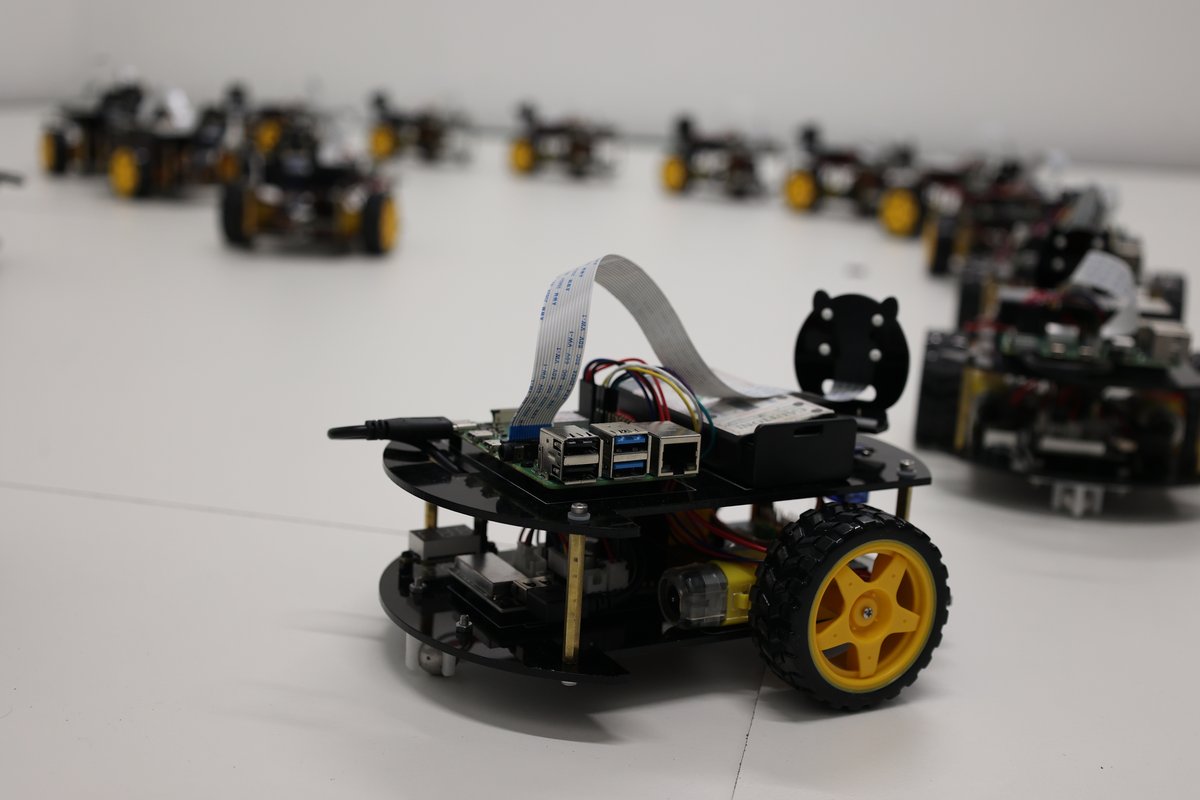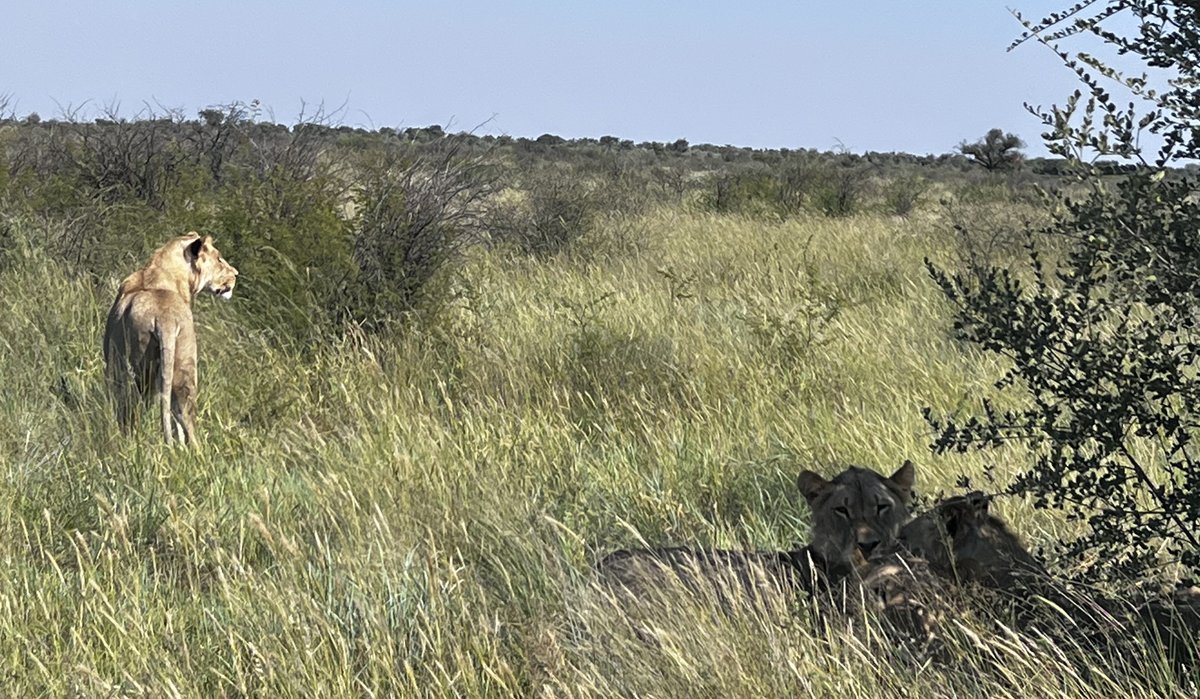
Which chemicals disrupt child development?
Information about whether industrial chemicals impede brain development is only available for a very small number of chemicals. A new procedure aims to fix this problem without using animal testing. At a conference organized by CAAT-Europe at the University of Konstanz, researchers as well as representatives from industry and regulatory authorities met with a delegation of the OECD to initiate new legislation.
Read more






![[Translate to Englisch:] Two meerkats. One seems to speek into the ear of the other one.](/fileadmin/_processed_/9/a/csm_720_629b34474e.jpg)

